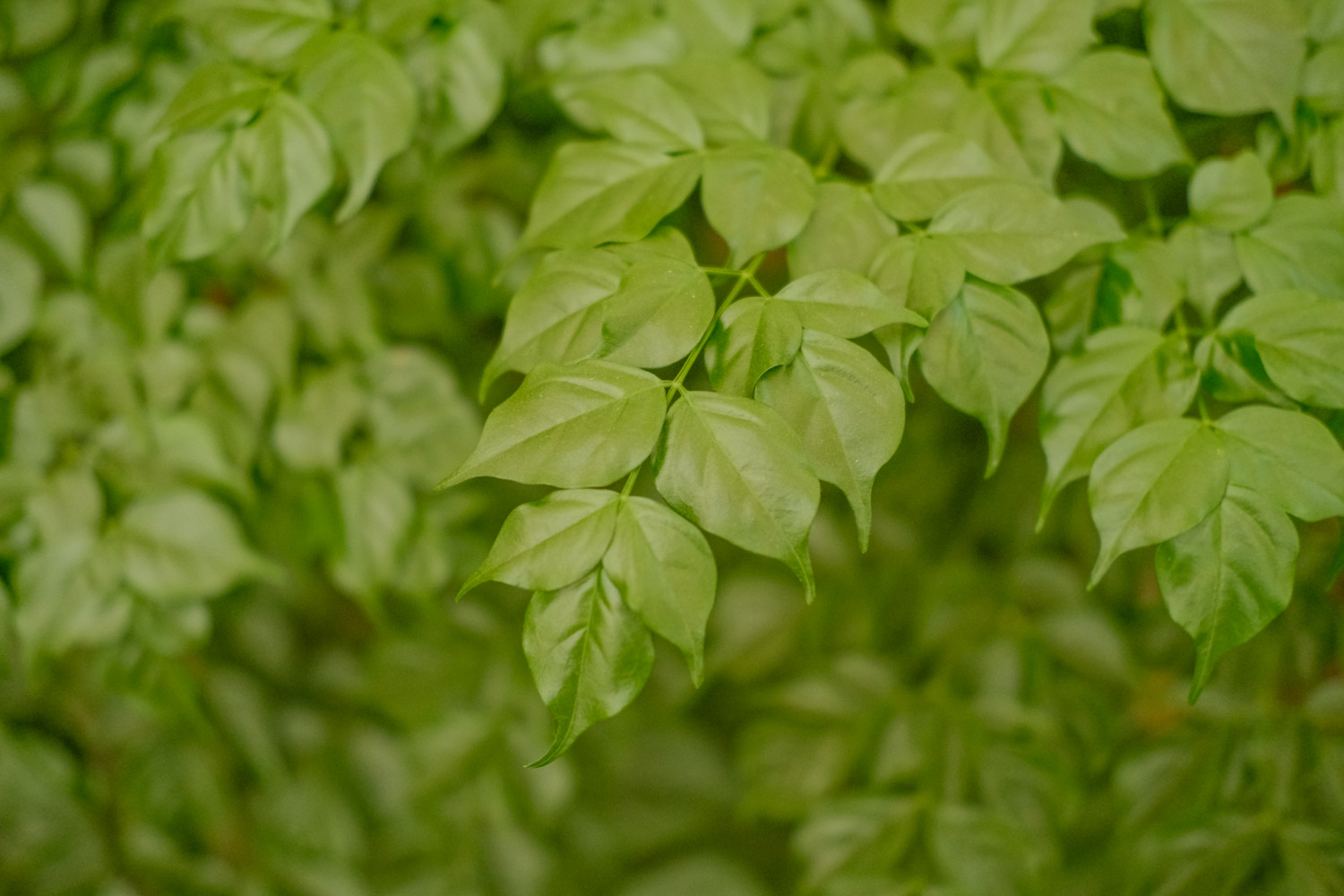1. Does the happiness tree blossom
The tree of happiness blossoms. It is a perennial plant. If it is well maintained, for example, the light and temperature conditions are appropriate, it can also bloom, but the maintenance time should be longer. Its flowering period is generally from May to September every year, but it will vary according to the environment. In the south, it can bloom after two or three years, while in the north, it is difficult for happy trees to bloom. If they want to bloom, it will take longer

2. Introduction to breeding methods
Basin soil: sandy loam with loose soil and good air permeability can be selected. The growth needs of plants can be met by mixing rotten leaf soil, garden soil and river sand in a ratio of one to two to one. If you can, it will be better to add some rotten organic fertilizer
Light: the happiness tree can accept both full-time light and half shade. For indoor maintenance, it can be placed in a semi shady place for maintenance. In seasons other than summer, when the light is relatively soft, it can be removed from the light with a little more contact points

Temperature: if the temperature of the environment for breeding happy trees is controlled between 20 and 30 degrees, it will be more appropriate. When the sun is too strong at noon in summer, pay attention to avoid strong light. When the temperature is lower than 10 degrees in winter, it needs to be moved to a warmer place for insulation
Watering: Happy trees like to be wet. Pay attention to keep the basin soil moist. In addition, water more in summer, at least twice a day. In winter, water should be controlled, and water can be poured once every two or three days. After the basin soil is dry, pour it into the water again. Don't overdo it
Fertilization: during the growth period of the happy tree, it is necessary to apply fertilizer once every half a month, using rotten cake fertilizer or compound fertilizer. In winter, fertilization should be stopped to avoid fertilizer damage


 jackfruit
jackfruit snake plant
snake plant hibiscus
hibiscus hydrangea
hydrangea lavender
lavender Green roses climb al...
Green roses climb al... If you don't pay att...
If you don't pay att... Management of four g...
Management of four g...



































